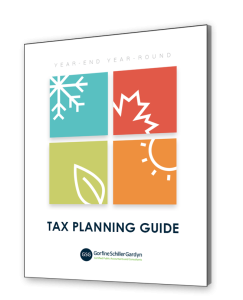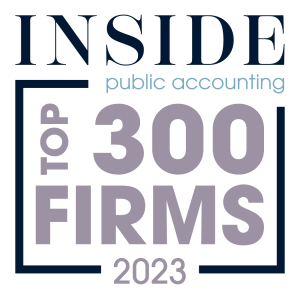On Wednesday March, 25, 2020, the Senate passed the Coronavirus Aid, Relief, and Economic Security (CARES) Act to provide relief for individuals and businesses suffering from the devastating economic impact of the coronavirus pandemic, which is expected to be approved by the House and signed into Law by the President.
The CARES Act includes a $2.2 trillion stimulus for individual workers, small businesses, and troubled industries, such as healthcare, aviation, and education.
Under the bill, taxpayers have the option to take a “coronavirus-related distribution” of up to $100,000 from their retirement account through December 31, 2020 without penalties. The bill also provides unemployment relief for those who lost their job during the pandemic, including independent contractors.
Other substantial benefits expected to be included are:
Recovery Rebates for Individuals: Individuals who make up to $75,000 will receive a $1,200 one-time check. Married couples with a combined income of up to $150,000 will receive $2,400. For individuals making over $75,000, the amount will be reduced by $5 for each $100 a taxpayer’s income, and individuals making over $99,000 will not qualify for the check. Joint filers exceeding $198,000 also do not qualify. Additional rebates may be available for dependent children of up to $500 per child.
The Washington Post has provided a calculator to help determine your stimulus payment.
Small Business Interruption Loans: A new Paycheck Protection Program would be established by the CARES Act to let small businesses, nonprofits, and individuals seek loans through the Small Business Administration’s 7(a) loan program covered period from February 15 through June 30.
Loans would be available during the covered period for any business, nonprofit, veterans group, or tribal business with 500 or fewer employees, or a number set by the SBA for the relevant industry. Sole proprietors, independent contractors, and eligible self-employed workers are included as well as hotel and food service chains with 500 or fewer employees per location.
Some of the key features of the Paycheck Protection 7(a) loan program are as follows:
- Maximum Loan – Up to $10 million or 250% of the eligible recipients average monthly payroll costs
- Interest Rates – capped at 4% during the covered period
- Fund uses – To cover eligible payroll costs, including salaries, commissions, regular paid leave, and health care benefits, as well as mortgage interest and utility payments. The loan recipient will be required to make a “good faith certification” to use the funds to retain workers, maintain payroll, and pay for rent and similar expenses. However, the funds can’t be used to compensate individual employees at an annual rate above $100,000, or to pay for emergency sick or family leave under the second coronavirus response package (Public Law 116-127)
- Fully guaranteed by the Small Business Administration
- Eligible loan applicants in operation as of February 15 are deemed to be adversely affected by Covid-19 and the SBA would require lenders to let them defer payments for at least six months and as long as one year
- Certain requirements are waived under this act such as fees, collateral and the inability to obtain credit elsewhere
- Company affiliate rules are waived for franchises, food or lodging companies with 500 or fewer employees, and businesses that get financial assistance from a small business investment company
- Loan forgiveness – recipients of SBA-guaranteed loans under this program could apply for loan forgiveness over eight weeks for eligible payroll costs and for mortgage interest, rent and utility payments. Wages paid to tipped employees could result in additional forgiveness. However, loan forgiveness would be reduced for businesses that fire employees or cut their pay. Canceled debt would be excluded from the borrowers’ gross income for tax purposes.
- 7(a) express loan program maximum loan expanded to $1,000,000 from $350,000
Below are some items to consider preparing if you are applying for a loan:
- Accounts Receivable and Accounts Payable
- Amount and Use of Funds
- Business Certificate/License
- Business Financial Statements – historic and one-year projections
- Business Lease
- Business Overview and History
- Business Plan
- Collateral
- Credit History
- Income Tax Returns – business and individual
- Loan Application History
- Personal Background and Financial Statement
- Statement of Personal History – SBA Form 912 (if required after completing Form 1919)
- Personal Financial Statement – SBA Form 413 (not required, but available for lenders to use)
- Recent Payroll Information for 2020
- Resumes
The above is a preliminary summary of the bill, with potential changes included in the final legislation, so please contact us with any addition questions. Our team will be prepared to assist you with the application process.
Categories: Tax, Tax Planning, Not-for-Profit, Small Business, Retirement Planning, COVID-19 Resources




